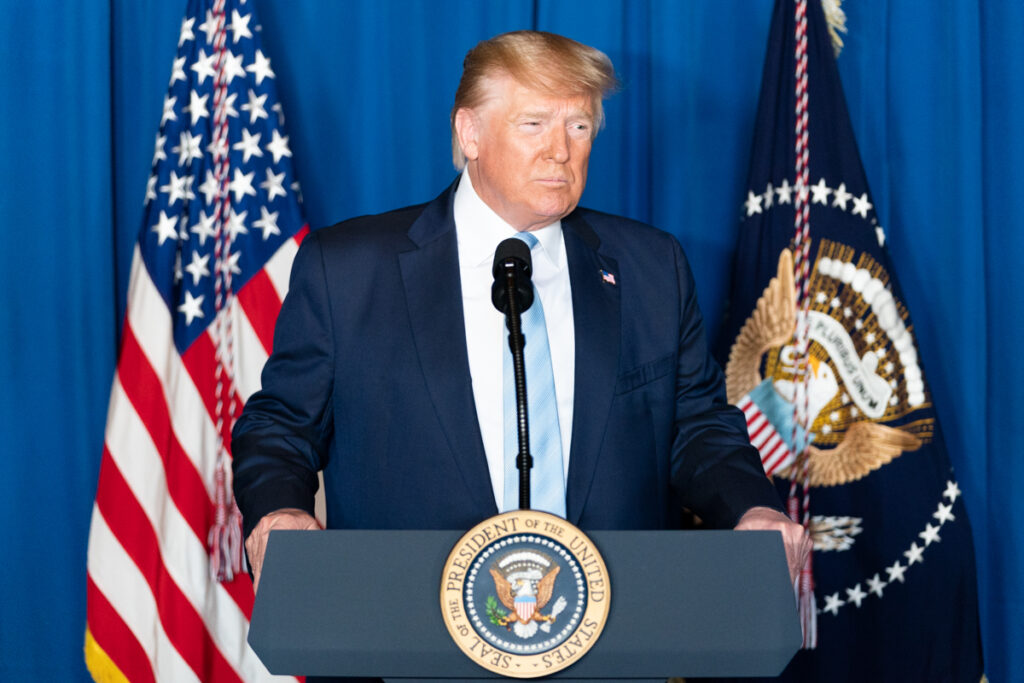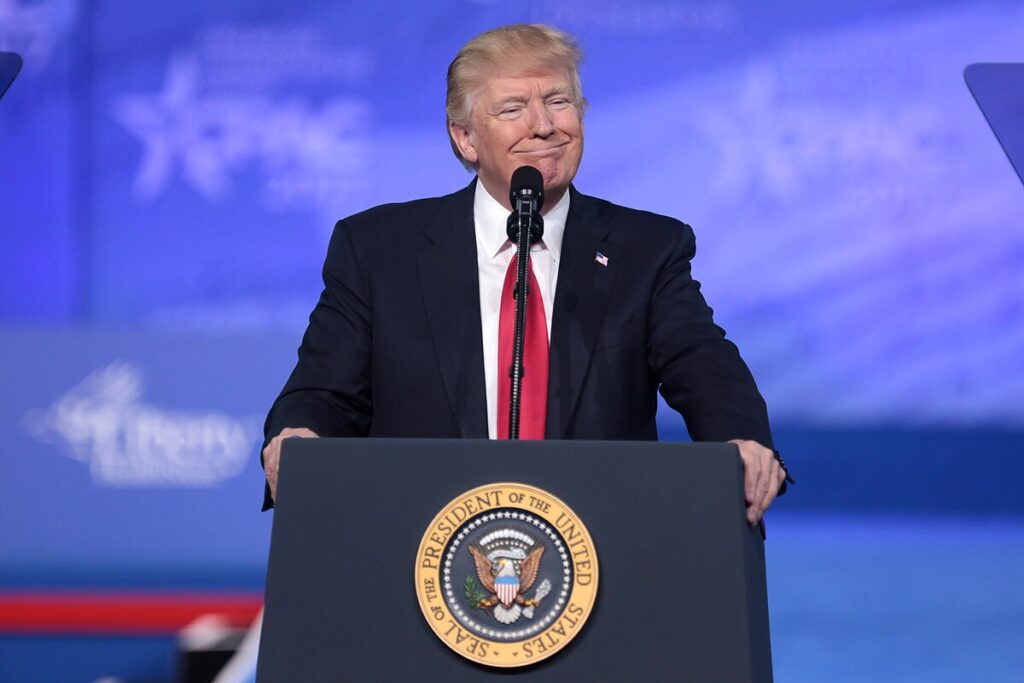Trump’s shocking PSLF rule change could wipe out student loan forgiveness for millions. Find out who’s at risk, what changed, and what public servants must do before July 2026.

On July 7, 2025, the Trump administration announced a major change to Public Service Loan Forgiveness (PSLF), a key federal student loan relief program. The new rule allows the Education Secretary to remove eligibility from organizations accused of “illegal activities.” Supporters say this stops “misused tax dollars,” but the rule’s definitions are broad. They include helping undocumented immigrants, supporting transgender youth care, or even working on DEI (Diversity, Equity, and Inclusion) programs. This could make hospitals, schools, nonprofits, and city governments ineligible almost immediately.
Table of Contents
What’s at Stake?
1. Career uncertainty for public servants
Nurses, teachers, park rangers, and social workers often count on student loan forgiveness through PSLF after ten years of service. Over 1 million borrowers have benefited so far. If their employers become ineligible, their payments may no longer count, affecting financial plans and retirement timelines.
2. Politicizing student aid
Critics say this rule gives the Education Department too much unchecked power. Betsy Mayotte, president of The Institute of Student Loan Advisors, called it a “political punishment” tool that could be used arbitrarily.
3. Real workforce impact
Hospitals and schools already struggle with hiring and retention. If PSLF eligibility is removed, fewer people may choose careers in these fields, worsening burnout and shortages.
4. System fragility exposed
This rule comes amid layoffs and tech failures at the Department of Education. Borrowers are still reporting problems with tracking and crediting payments correctly.
Policy or Politics?
A Department of Education press release on July 2 claimed the rule ensures PSLF supports only “true public service.” But by labelling transgender support, DEI programs, and immigrant aid as possibly illegal, it introduces political bias.
While nine of ten negotiators approved the rule, dissenters say the language remains vague and may allow a single department within an organization to disqualify the entire employer from PSLF.
Borrowers Are in Limbo
Anxiety is growing across social media. Many borrowers are unsure if their employer will remain eligible. Experts suggest you:
- Submit your employment certification forms now
- Print your payment history
- Save all loan communications while current rules apply
The rule goes into effect in July 2026 after a public comment period, but borrowers close to forgiveness could still be impacted.
Broader Student Loan Overhaul
The change aligns with the sweeping “Big Beautiful Bill,” passed in early July. That law:
- Capped graduate loan amounts
- Ended Grad PLUS loans
- Extended forgiveness timelines to 30 years
- Increased monthly payments
Together, these changes mark a hard shift away from the Biden-era student loan relief.
Our Take on the Student Loan Fallout
Rules should help people repay student loans, not punish workplaces. Changing terms mid-repayment based on vague criteria breaks trust.
If entire institutions are cut off, it will hurt public services. Schools, clinics, and community programs will lose critical staff.
Congress needs to step in. Letting executive agencies rewrite eligibility opens the door to legal trouble.
Borrowers should act now. Confirm your employer’s eligibility, track all payments, and apply before the rules change.

What to Watch Next
Will the Department of Education narrow the rule language?
Will appeals be allowed?
Could a grace period protect those already near forgiveness?
Will lawsuits stop implementation?
Courts may rule that the Department overreached. If backlash builds, Congress might restore protections through new laws.
Final Word
This is not just an update, it’s a major shift in student loan forgiveness policy. Many public workers built their lives on the PSLF promise. Now that promise depends on shifting political decisions.
Any future change must be clear, lawful, and fair. Otherwise, we risk breaking the system and the people who count on it.